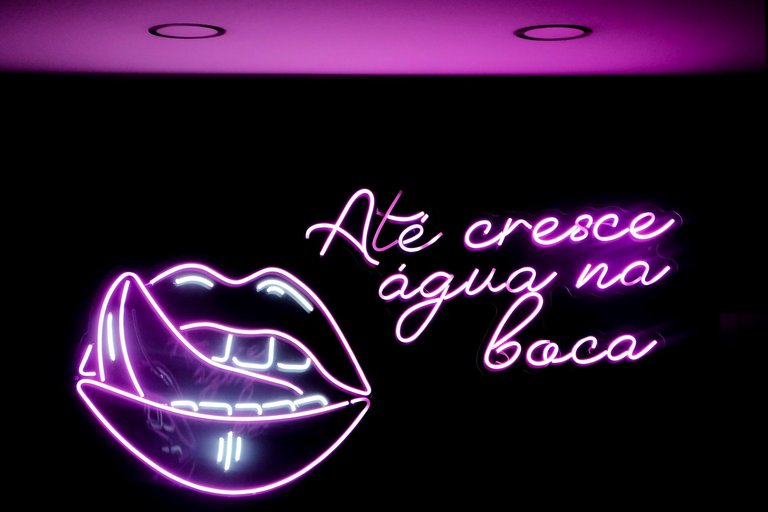
This post follows on from the one I made about the advertising signs and which, according to @castleberry (sorry about the tag), aroused his nostalgia.
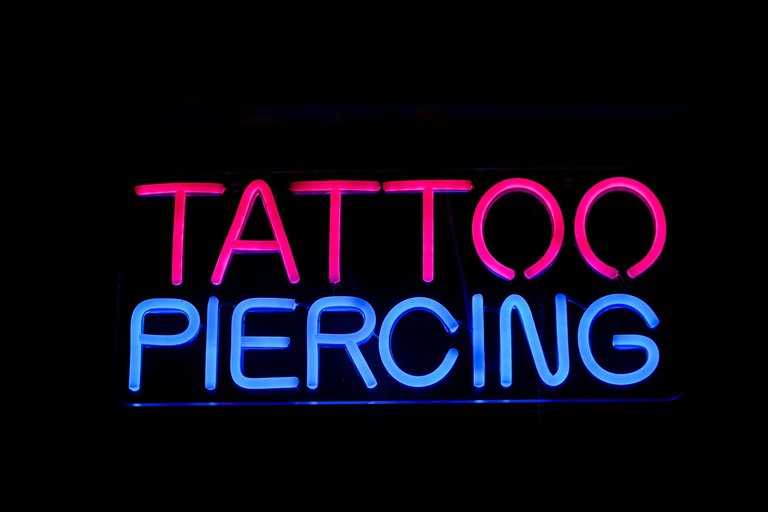
A brief historical introduction.
Neon is a chemical element in the Periodic Table (symbol NE).
The first version of the Periodic Table, created by Russian chemist Dmitri Mendeleev in 1869, contained only 62 of the 118 elements known today. The table contained empty spaces corresponding to different atomic numbers (number of protons) which scientists filled in as new elements were discovered.
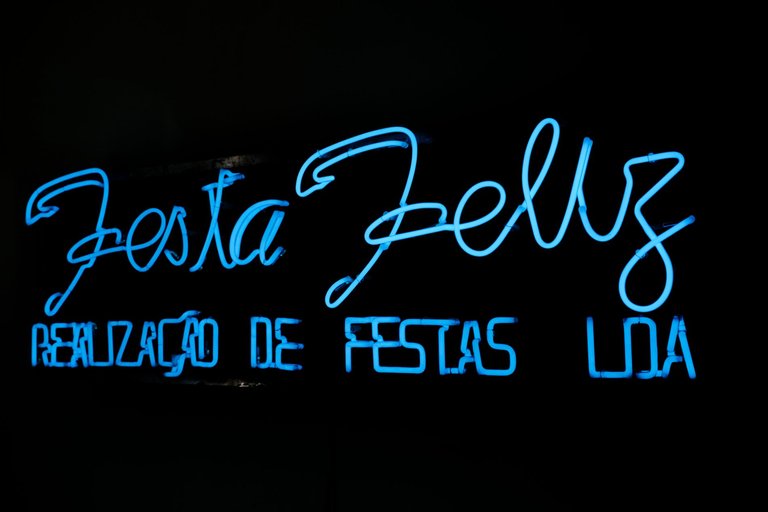
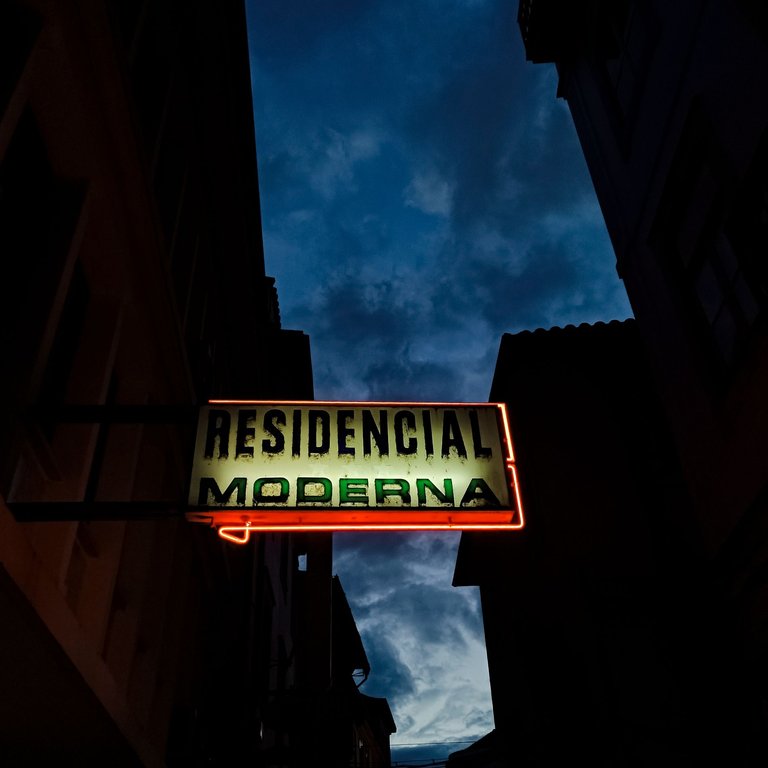
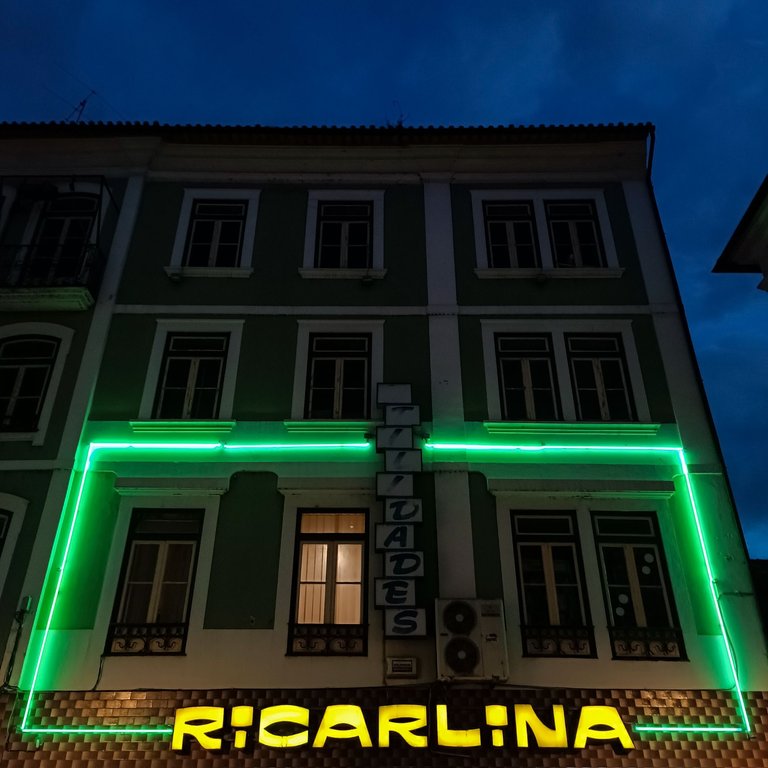
Scottish chemist Sir William Ramsay, who had already discovered several noble gases such as helium, krypton and argon, teamed up with Englishman Morris Travers in 1898. They worked with some solid argon which they surrounded with liquid air. The argon evaporated and they collected the gas that formed. When heated, it gave off an unexpected orange-red glow. Atomic number 10 had been discovered.
It was first going to be called “novum”, at the suggestion of Ramsey's 13-year-old son, but he opted for the Greek word instead of the Latin one and called it neon.
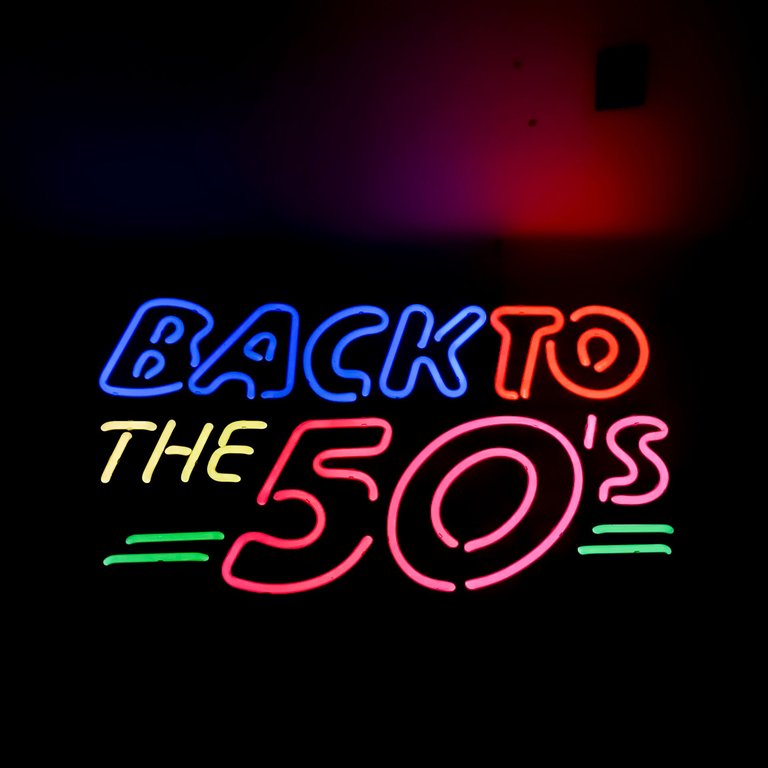

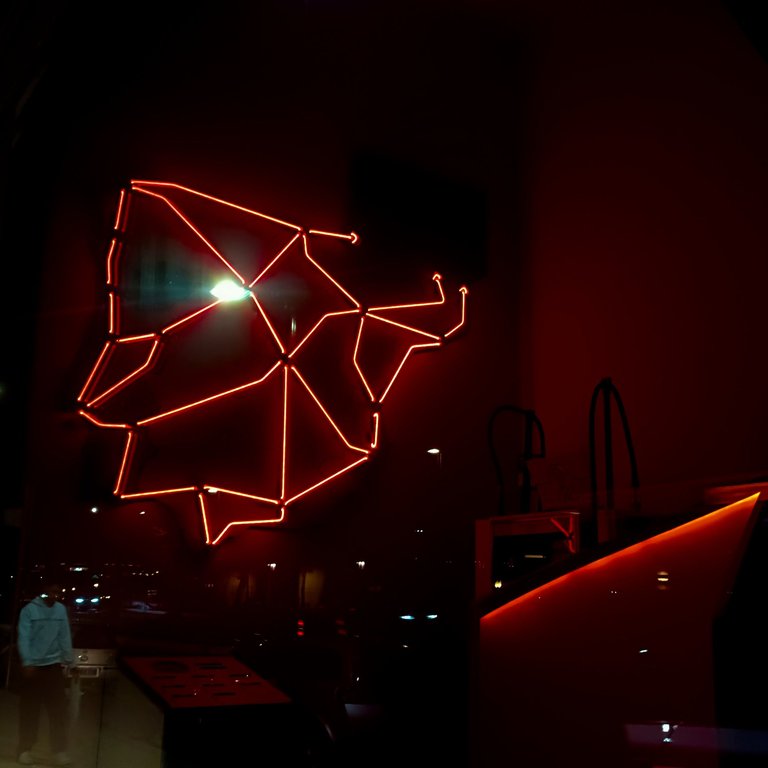
By using an electric discharge in a closed tube containing this gas, French chemist George Claude invented neon lighting.
Neon lights appeared in 1910 at an exhibition in Paris. In 1912, Claude installed the first neon advertising sign in a barbershop on Boulevard Montmartre in Paris. In 1923, Claude took his signs to the USA.
A century later, they began to disappear to make way for other media.

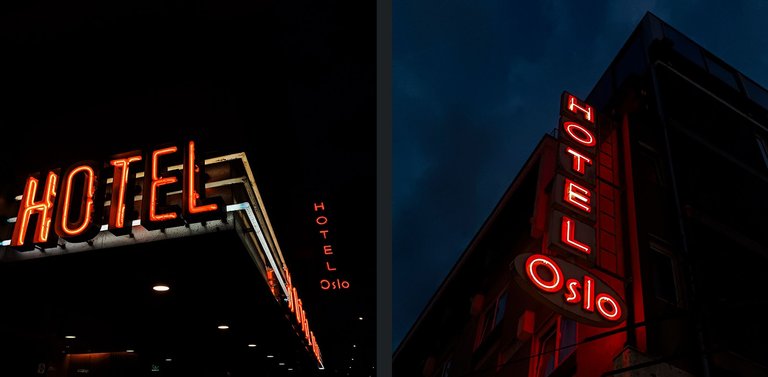
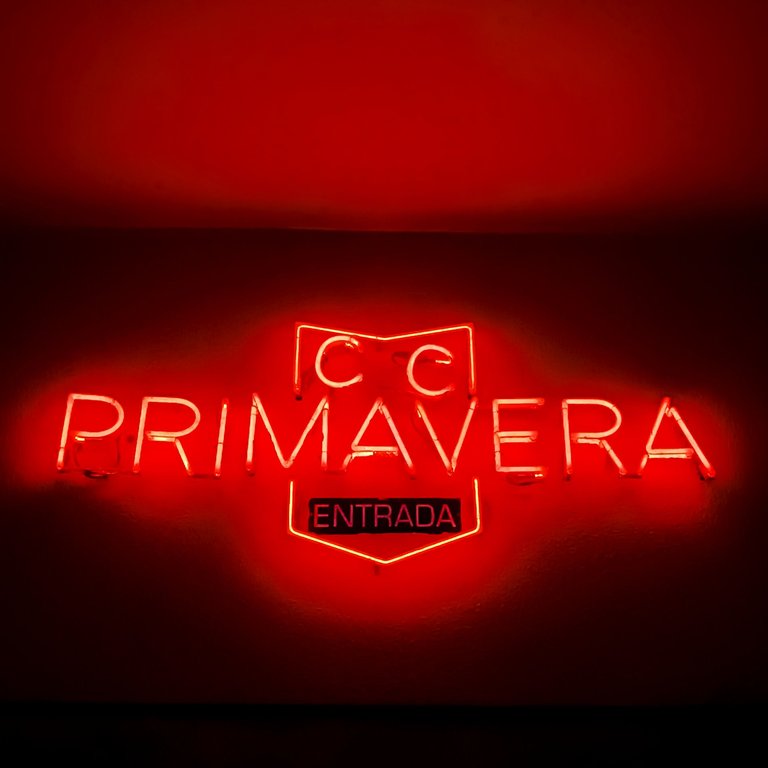
The emblematic song The Sound of Silence by Simon & Garfunkel reinforces the nostalgia that served as the purpose of this publication.
«(...)
When my eyes were stabbed by the flash of a neon light
That split the night
And touched the sound of silence
(...)
And the people bowed and prayed
To the neon god they made
And the sign flashed out its warning
In the words that it was forming
And the sign said
The words of the prophets are written on the subway walls
And tenement halls
And whispered in the sound of silence»
Translated with DeepL.com (free version)
VERSÃO PORTUGUESA [PT/BR]
🇵🇹 👇 🇧🇷
PORTUGUESE LANGUAGE
Nostálgicas luzes de néon sobre a cidade

Esta publicação vem na sequência da que fiz sobre os letreiros publicitários e que, segundo o próprio, despertei a nostalgia do Castleberry.
ᅠ
Breve introdução histórica.
ᅠ
Néon, ou neônio, é um elemento químico da Tabela Periódica (simbolo NE).
ᅠ
A primeira versão da Tabela Periódica, criada pelo químico russo Dmitri Mendeleev em 1869, tinha apenas 62 dos 118 elementos conhecidos actualmente. A tabela continha lugares vazios correspondentes a diferentes números atómicos (número de protões) que os cientistas foram preenchendo á medida das descobertas de novos elementos.
ᅠ
O químico escocês Sir William Ramsay, que já tinha descoberto vários gazes nobres como o hélio, crípton e árgon, juntou-se ao ingles Morris Travers em 1898. Trabalharam com um pouco de árgon sólido que envolveram em ar liquido. O árgon evaporou-se e recolheram o gás que se formou. Quando aqueceram emitiu um brilho vermelho-alaranjada inesperado. Estava descoberto o número atómico 10.
ᅠ
Primeiro estava para se chamar “novum”, por sugestão do filho de 13 anos de Ramsey, Mas optou pela palavra grega, e não a latina, e chamou-lhe néon.
ᅠ
Ao usar uma descarga eléctrica num tubo fechado contendo esse gás, o quimico francês George Claude inventou a iluminação néon.
ᅠ
As lâmpadas de néon apareceram em 1910 numa exposição em Paris. Em 1912, Claude instalou o primeiro letreiro publicitário de néon numa barbearia da Boulevard Montmartre, em Paris. Em 1923, Claude levou os seus letreiros para os EUA.
ᅠ
Um século depois começam a desaparecer para dar lugar a outros suportes.
ᅠ
A emblemática música The Sounds of Silence de Simon & Garfunkel reforça a nostalgia que serviu de propósito a esta publicação.
ᅠ
«(...) When my eyes were stabbed by the flash of a neon light
That split the night
And touched the sound of silence
ᅠ
(...) And the people bowed and prayed
To the neon god they made
And the sign flashed out its warning
In the words that it was forming
And the sign said
The words of the prophets are written on the subway walls
And tenement halls
And whispered in the sound of silence»

The rewards earned on this comment will go directly to the people( @cryptoreforma ) sharing the post on Reddit as long as they are registered with @poshtoken. Sign up at https://hiveposh.com. Otherwise, rewards go to the author of the blog post.
wow what a colorful collection of the beautiful forms and shapes.
i know that in many countries, especially in US, it was kinda street culture. not here. these days are mostly leds and not too creative as in your series.
by the "original" story, Mendeleev created the idea about Periodic Table in his dream.
have no idea how right it.
!PIZZA
!LUV
@cryptoreforma, @victorbz(1/3) sent you LUV. | tools | discord | community | HiveWiki | <>< daily
Thanks a lot
Obrigado por promover a Língua Portuguesa em suas postagens.
Vamos seguir fortalecendo a comunidade lusófona dentro da Hive.
!discovery 30
This post was shared and voted inside the discord by the curators team of discovery-it
Join our Community and follow our Curation Trail
Discovery-it is also a Witness, vote for us here
Delegate to us for passive income. Check our 80% fee-back Program
Your post was manually curated by @crazyphantombr.
Delegate your HP to the hive-br.voter account and earn Hive daily!
🔹 Follow our Curation Trail and don't miss voting! 🔹
$PIZZA slices delivered:
@victorbz(1/5) tipped @cryptoreforma
@cryptoreforma, you're rewarding 1 replies from this discussion thread.